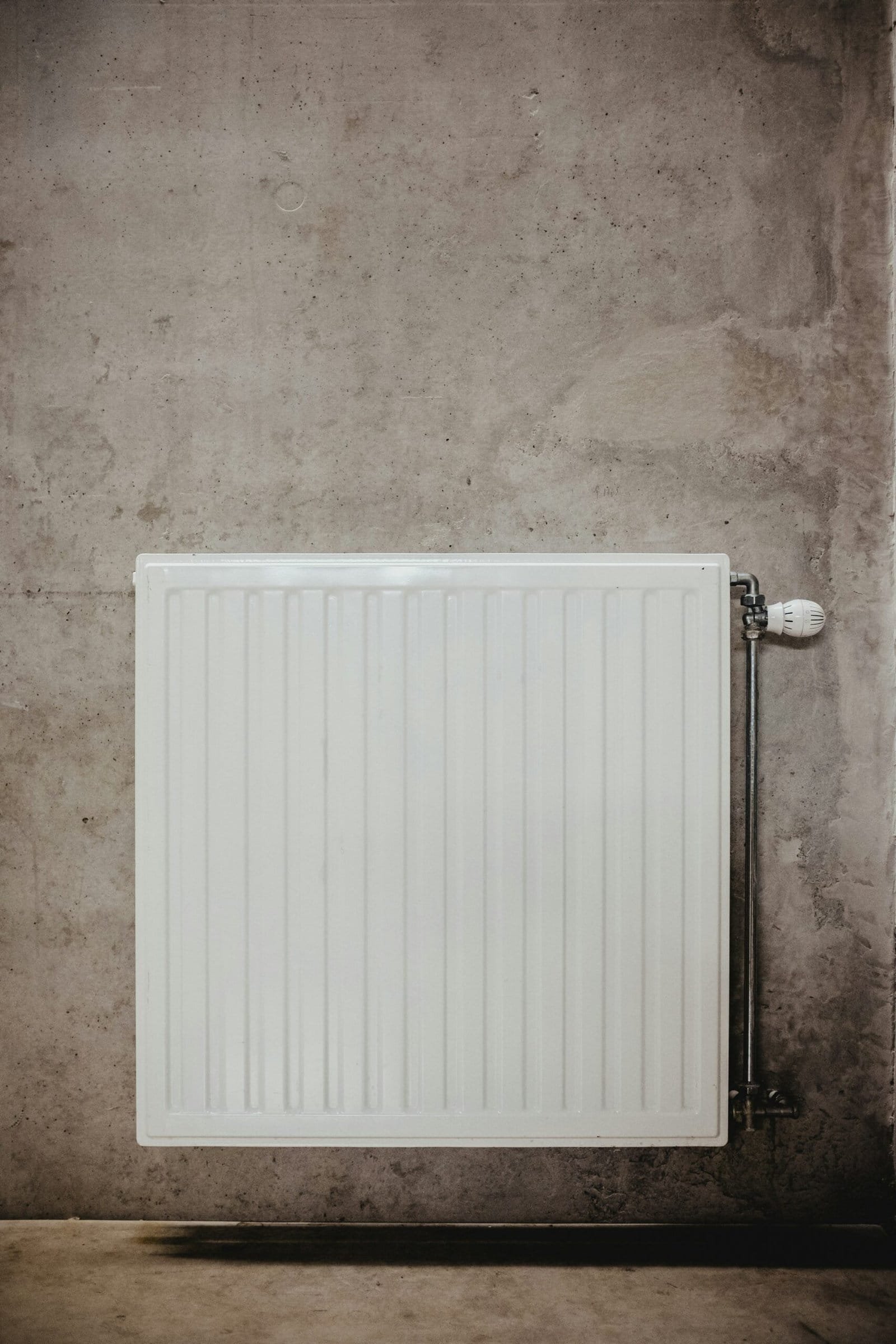Ensure your radiator system is ready for winter with our comprehensive guide. Learn about the types of radiators, signs that your radiator needs maintenance, and essential steps to inspect and prepare it for colder months. Discover when to call a professional for help and how to maintain energy efficiency in your heating system. By understanding your radiator’s operation and maintenance needs, you can enjoy a warm, comfortable home throughout winter. Don’t let heating issues catch you off guard—prepare your radiator today!
Understanding Your Radiator System
A radiator system is a central component of many heating systems, playing a crucial role in maintaining comfortable indoor temperatures, especially during the winter months. At its core, the radiator functions by transferring heat from hot water or steam to the air in a room, thus warming the space. Understanding the basic components and operations of radiators can help homeowners assess their effectiveness and readiness for colder weather.

There are primarily two types of radiators commonly used in residential heating systems: convection radiators and electric radiators. Convection radiators, which are often the most prevalent, operate by heating a fluid—usually water—within their system. As the fluid warms up, it rises, creating a natural circulation of air that distributes heat throughout the room. These radiators are typically connected to a boiler or a water heater, which provides the necessary heat. On the other hand, electric radiators utilize electrical power to heat metal elements, which then transfer heat to the surrounding air. This type of radiator often serves as standalone heating solutions and can be more suited for specific spaces where centralized heating isn’t available.
Please, read our post and do not forget to check our YouTube channel “Grig Stamate”:
https://www.youtube.com/@GrigStamate
You will find there, thousands of designing, furnishing, and decorating ideas for your home interior and outdoors.
Allow me to mention one of them:
Small Dreamy Family Homes – New Creative Interior Design Ideas, #16 (video)
Another essential aspect of a radiator system is the control mechanisms, including thermostats and valves, which regulate temperature and ensure that the system operates efficiently. Understanding these components can aid in identifying issues such as uneven heating or inefficiencies in the system’s operation. A well-functioning radiator system is not only vital for comfort but also for energy efficiency, which is increasingly important in today’s environmentally conscious society. By comprehending the basics of radiator operation and types, homeowners are better equipped to evaluate and prepare their heating systems for the challenges of winter.
Signs Your Radiator Needs Maintenance
As winter approaches, ensuring that your radiator is functioning effectively is crucial for maintaining a comfortable home environment. Several indicators suggest that your radiator may require maintenance to operate at optimal efficiency. Recognizing these warning signs early can help prevent more extensive repairs and ensure your heating system is ready for the colder months.
One of the most common signs that a radiator may need maintenance is the presence of unusual noises. If you hear banging, clanking, or hissing sounds emanating from the radiator, it could indicate trapped air or sediment buildup. These noises can disrupt the normal functioning of the radiator and may require purging to restore proper operation.
Another critical warning sign is uneven heating throughout your space. If particular rooms remain uncomfortable while others are excessively warm, this could indicate that your radiator is not circulating heat effectively. Cold spots on the radiator itself can further suggest trapped air or insufficient fluid circulation, necessitating attention.
Leaks represent another pressing concern, as they can lead to water damage and inefficiency. If you notice puddles around your radiator or water stains on walls, it may be time to inspect for leaking pipes or valves. Identifying and addressing leaks promptly is essential in maintaining the integrity of your heating system.
Corrosion is a further indicator that your radiator may require maintenance. Signs of rust or tarnishing surfaces of the radiator suggest a breakdown in the unit’s structure. Regular inspections can help assess the condition of your radiator and allow for timely repairs or replacements, ensuring a reliable heating source through the winter season.
Steps to Inspect and Prepare Your Radiator for Winter
As winter approaches, it is essential to ensure that your radiator functions optimally to keep your home warm and comfortable. Here are the steps to inspect and prepare your radiator for the colder months.
First, begin by checking the pressure gauge on your radiator system. It is vital to have the pressure within the recommended range, typically between 1 and 1.5 bars. If the pressure is too low, you may need to add water to the system. Conversely, if the pressure is too high, it might indicate a problem that requires professional assessment.
Next, proceed to bleed the radiator. This process involves releasing trapped air that can hinder heat distribution. Locate the bleed valve, usually at the top of the radiator, and using a radiator key or a flathead screwdriver, slowly turn the valve counterclockwise. You will hear a hissing sound as air escapes. Once water begins to flow steadily, close the valve. It is advisable to have a cloth or container ready to catch any excess water.
After bleeding the radiator, inspect it thoroughly for any signs of leaks. Look for water stains or damp patches on the floor beneath the radiator. Also, check the joints and connections for any signs of corrosion or wear. If you identify leaks, it is crucial to address them promptly, either through repair or replacement of the affected parts to avoid further damage.
Finally, ensure that your radiator is properly insulated. This step will optimize heating efficiency and reduce energy costs. Consider placing reflective panels behind the radiator to direct heat back into the room, and check for any drafts around windows or doors that could undermine your heating efforts.
By following these steps, you can effectively ensure that your radiator is ready to provide warmth throughout the winter season.
When to Call a Professional
As winter approaches, ensuring that your radiator operates effectively is paramount. However, there are instances when self-diagnosis and basic maintenance are insufficient, and consulting a professional becomes necessary. Recognizing these scenarios can help prevent further damage to your heating system and ensure a warm and safe home during the cold months.
One of the clear signs that you should seek the expertise of a professional is the presence of extensive leaks. While minor leaks may be manageable with simple fixes like replacing a valve or tightening connections, large and persistent leaks often indicate severe underlying issues. Such complications could stem from deteriorating pipes or a failing radiator, which necessitates an experienced technician’s intervention to diagnose and address the root cause before it escalates into a more costly repair.
Severe corrosion is another critical reason for consulting a heating professional. Radiators are typically constructed from durable materials, yet over time they can succumb to rust and corrosion. If you observe significant rust build-up, it may compromise the overall integrity of your heating system. A qualified technician can conduct a thorough inspection and recommend replacement or repairs to ensure your radiator performs safely and efficiently.
Lastly, if you experience persistent heating problems that do not improve with basic maintenance, such as bleeding the radiators or adjusting the thermostat, it is advisable to contact a heating specialist. These issues may indicate a more complex problem, such as a malfunctioning boiler or an inefficient heating system. A professional can offer an in-depth analysis and tailored solutions that ensure optimal heating. In choosing a technician, prioritize qualifications, experience, and customer reviews to ensure reliable service. By understanding when to call for professional assistance, you contribute to a safe and effective heating environment in your home.
Other related posts from our website:
https://howtobuildahouseblog.com/radiant-heating-panels-the-heating-system-of-the-future/
https://howtobuildahouseblog.com/advantages-of-ceiling-heating-systems/
https://howtobuildahouseblog.com/several-cooling-and-heating-tips-for-your-comfort-and-saving-costs/
Thank you so much for your attention.
Stay tuned. We will upload many other amazing posts to our website and videos onto our YouTube channel.
Thank you so much.
for your time and attention.
Best Regards
See you to another post,
Bye, Bye


